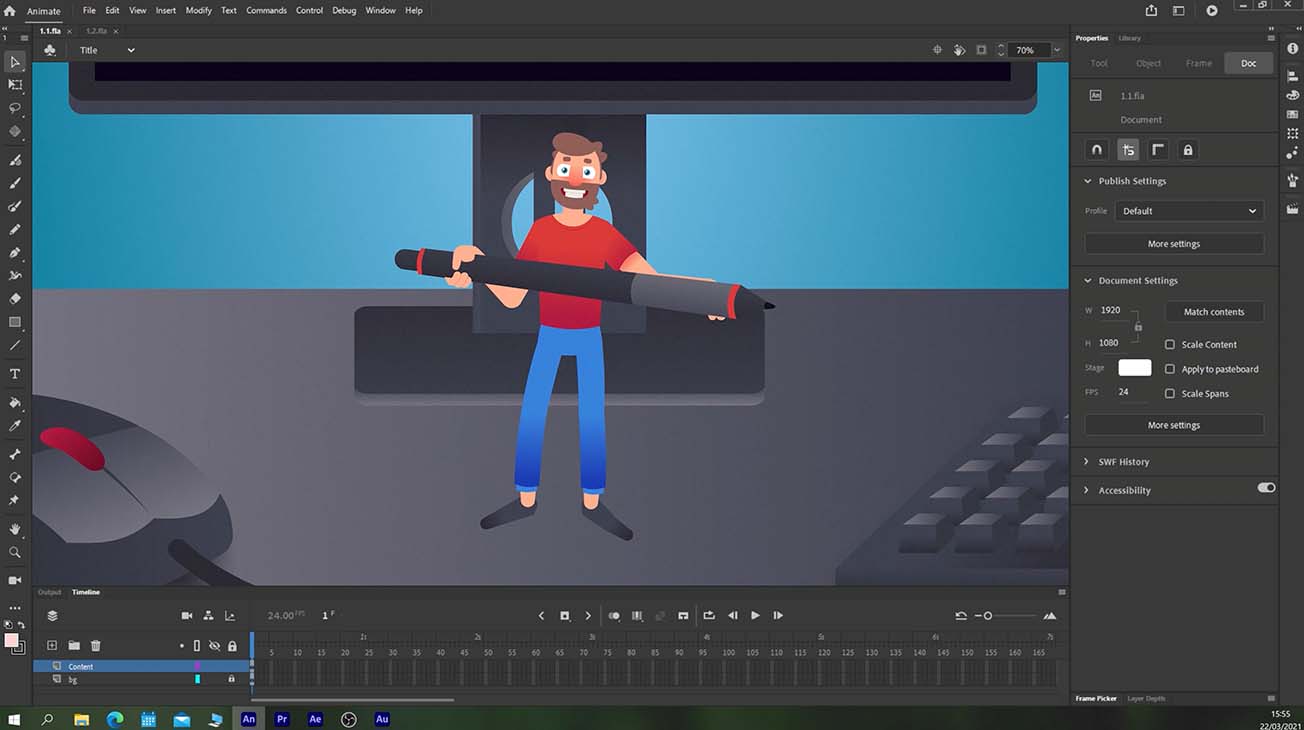The ISRO, Indian Space Research Organisation, is at the final stage of launching the next big mission. The Polar Satellite Launch Vehicle lifted off on the 56th mission to dubbed space PSLV-C56.
This mission rocket will lift off with 7 payloads, with mission of DS-SAR satellite. It will launch under NSIL contract ( New Space India Limited). The mission comes only in the week after the ambitious Chandrayaan-3 was launched by India.
What is PSLV- C56
The PSLV-C56 is considered the 58th mission of Polar Satellite Launch Vehicle of ISRO, Indian Space Research Organisation’s. It is also considered the 17th flight of the variant, PSLV-CA, that will launch from the Satish Dhawan Space Centre.
Launch date, time of PSLV-C56 Mission
The PSLV-C56 will launch on 26 July. This date will be moved further, and the mission will launch in space on 30 July 2023. The PSLV-C56 is set to launch at the 6:30am by satish dhawan space centre, sriharikota, Andhra Pradesh.
What is carried by PSLV-C56 into space
The PSLV C56 rocket will transport the DS SAR satellite along, with six satellites to an equatorial orbit at an altitude of 535km. The DS SAR satellite, weighing 360kg was developed through a partnership between ST Engineering and DSTA Engineering.
Once operational the DS SAR satellite will meet the satellite imagery needs of government agencies in Singapore. ST Engineering plans to utilize it for offering high quality imagery and geospatial services to their customers.
The DS SAR is equipped with a Synthetic Aperture Radar (SAR) payload developed by Israel Aerospace Industries (IAI). This advanced technology enables it to capture images in all weather conditions, day or night at a resolution of 1m, with full polarimetry capability.
DS- SAR
DS-SAR carries the SAR payload, Synthetic Aperture Radar, which is developed by IAI, Israel Aerospace Industries. It permits the DS-SAR to give all-night coverage and weather day and is able to imagine the full polarimetry at 1m resolution.
- The PSLV-C56 is configured in core-alone mode, as same as the PSLV-C55 mission launch in April 2023.
- Once it launched and started to operate, DS-SAR was used to support the needs of satellite imagery of different agencies within the Singapore government.
Six co-passenger satellites
Here are the six co-passenger satellites accompanied by DS- SAR
- VELOX-AM weights the 23 kg technology demonstration microsatellite
- ARCADE is the Experimental satellite stands for Atmospheric Coupling and Dynamics Explorer
- 3U nanosatellite, SCOOB-II that flies a technology demonstrator payload
- A satellite by NuSpace, NuLIoN. It is the advanced 3U nanosatellite that allows seamless IoT connectivity in remote, rural, and urban areas
- 3U nanosatellite will orbit at low earth orbit.
- A satellite, ORB-12 STRIDER, is developed under international collaboration.
Conclusion
The PSLV-C56 mission was the first to be launched by ISRO after the launch of the chandrayaan 3 mission on 14 July. The NSIL, NewSpace India Limited, is the central sector that undertakes under the space department. They procured the PSLV-C56 to launch a 360kg satellite from ST and DSTA engineering, Singapore, the ISRO, the headquarter of the national space agency.







